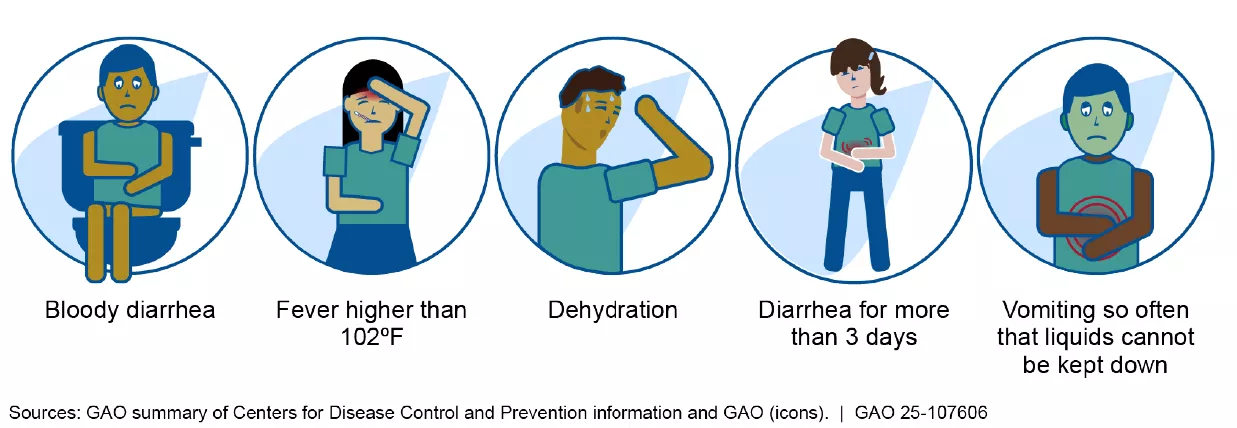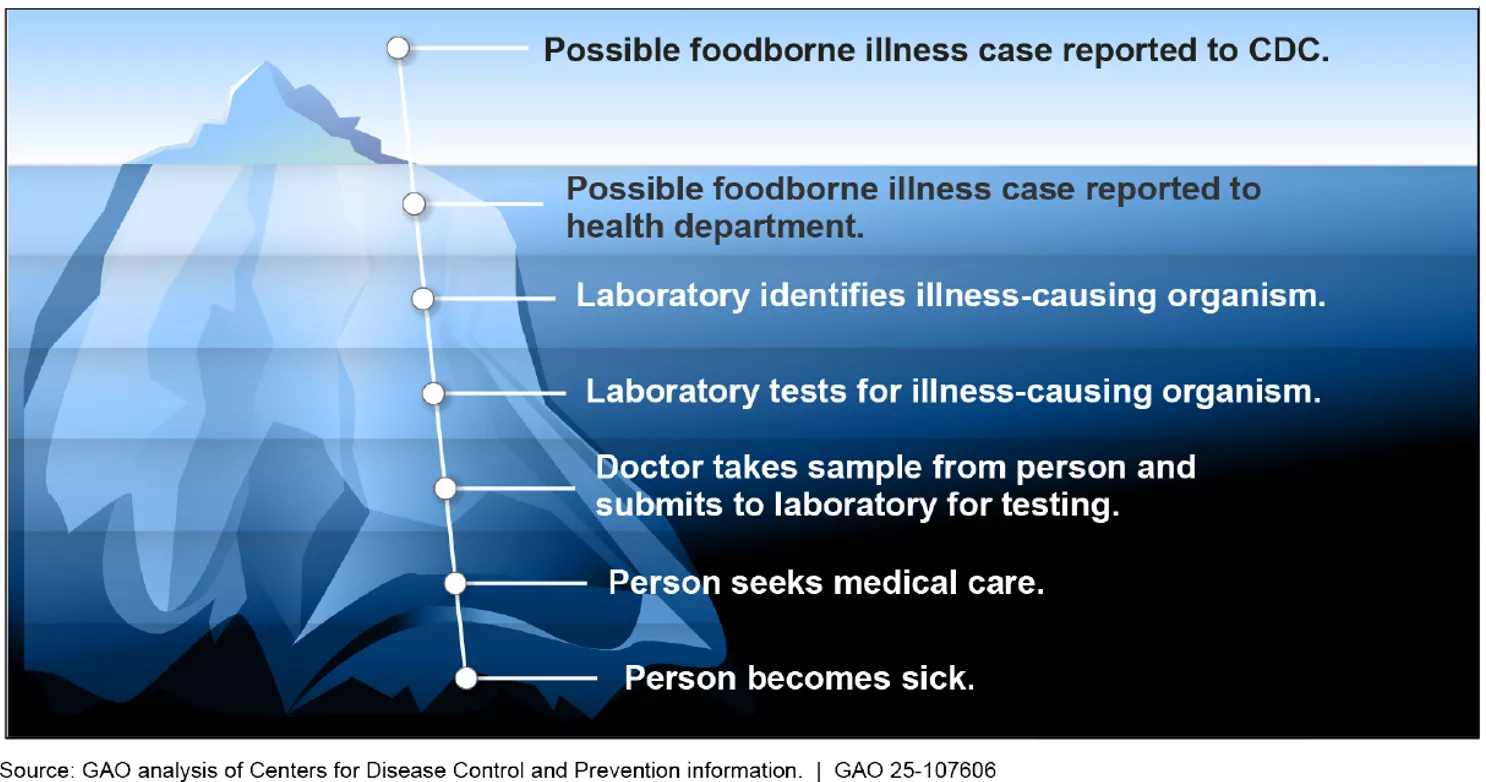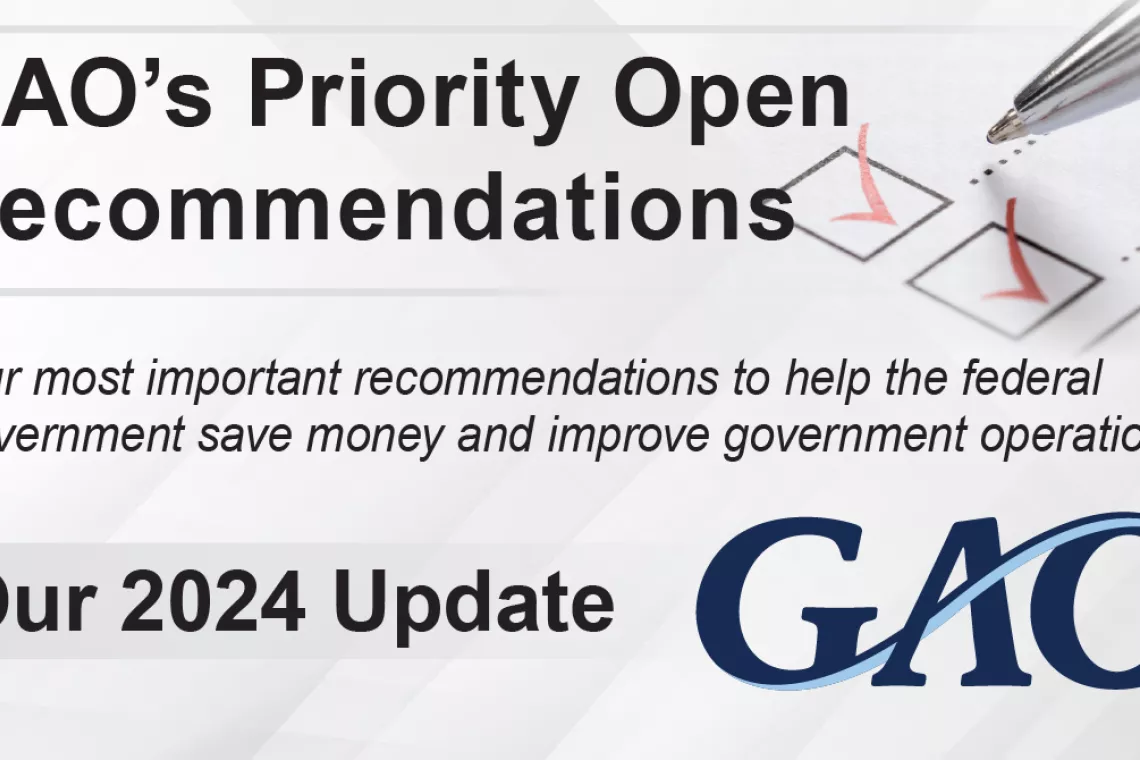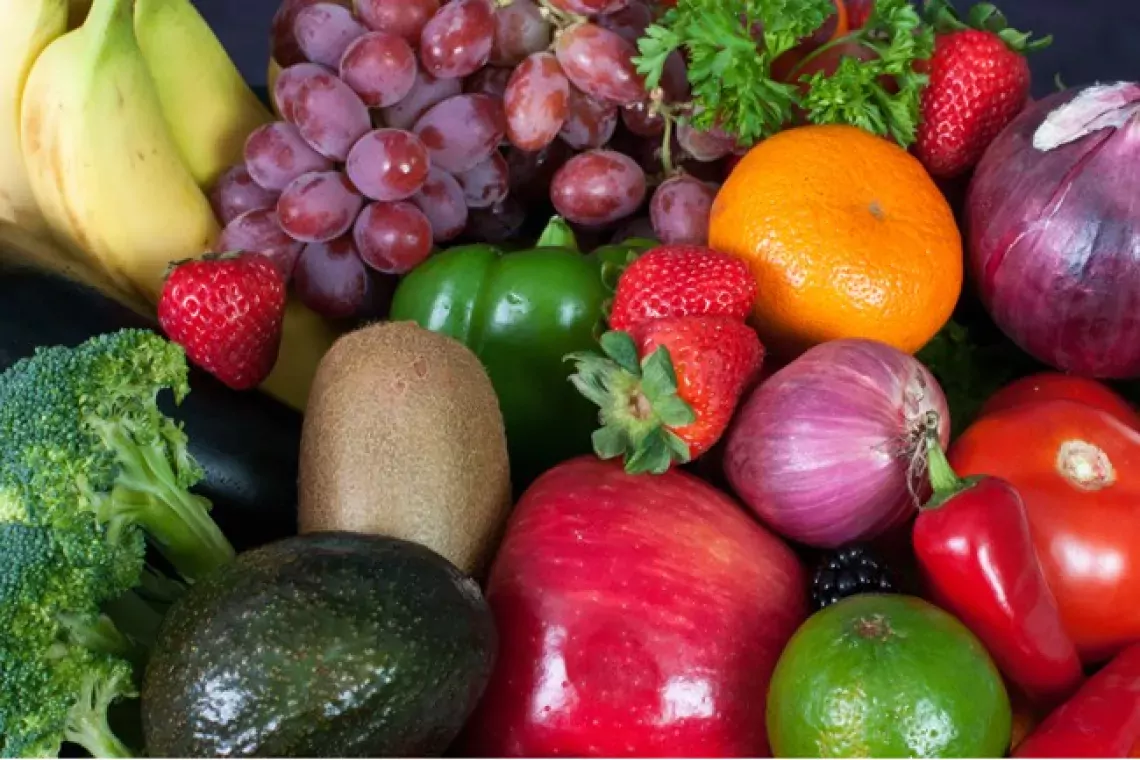Recent Reports of Foodborne Illnesses Highlight Need for Better Food Safety
Recent outbreaks of norovirus, as well as a widespread E. coli outbreak at a popular fast-food chain, have highlighted concerns about the safety of our food supply.
Every year, tens of millions of Americans get sick from food poisoning. Many cases are mild, but some require hospitalization and can result in serious complications or death.
So, just how big is this problem in the United States? Today’s WatchBlog post looks at our two new reports on foodborne illness in the U.S., and the safety of meat and poultry.
Image

Food poisoning: When you know, you know!
Most of us recognize the miserable symptoms of food poisoning: upset stomach, diarrhea, nausea, vomiting, and more.
Mild to severe symptoms occur within hours to days (sometimes even weeks) after consuming contaminated foods or beverages. The culprit could be lurking in your produce, dairy, seafood, meat, poultry, or processed foods.
Dozens of germs—from bacteria to viruses and parasites—are known to cause foodborne illness. While many cases may be mild and treated at home, cases with severe symptoms may require medical care or hospitalization.
Symptoms associated with severe food poisoning
Image

The most common bacteria associated with food poisoning are Salmonella, Listeria, and E. coli. While some bacteria are normally found in food, too much of it can make you sick. For example, both Salmonella and Listeria likely exist naturally in meat and poultry. But when these pathogens are present at high levels, they can make us very sick. Similarly, the highly contagious norovirus can be caused by consuming contaminated food or water.
According to the Centers for Disease Control and Prevention (CDC), there were more than 9,000 reported foodborne illness outbreaks between 2011 and 2022 across all 50 states. An outbreak is when two or more cases of illness are linked to consumption of the same contaminated food.
Recently, in January 2024, a Salmonella outbreak attributed to charcuterie meats resulted in 104 confirmed cases and 27 hospitalizations across 33 states. A June 2024 Salmonella outbreak attributed to cucumbers resulted in 551 confirmed cases and 155 hospitalizations across 34 states. And a July 2024 outbreak of Listeria made at least 61 people in 19 states sick and caused 10 deaths.
While foodborne illness outbreaks are common, about 95% of foodborne illnesses occur sporadically in individuals. The CDC relies on voluntary reporting from public health authorities across the country to identify outbreaks. The graphic below illustrates the many steps needed before a case of food poisoning becomes visible to the CDC. Missing any step in this process could result in undiagnosed or unreported cases. For example, when a sick person doesn’t seek medical help, that case likely goes unreported.
Usual steps required for a possible case of foodborne illness to become known to the CDC
Image

How is the government addressing food safety?
While this all may sound scary, the U.S. food supply is generally considered safe.
There are at least 30 federal laws and 15 federal agencies that oversee food safety. States, localities, Tribes, and territories also may have their own laws and agencies to address the safety and quality of food.
At the federal level, the CDC leads the effort to prevent and control foodborne illnesses. The CDC works closely with the Food and Drug Administration, which oversees the safety of most types of food. It also partners with the U.S. Department of Agriculture’s Food Safety and Inspection Service (FSIS), which oversees the safety of meat, poultry, catfish, and egg products.
Our new report looked at how FSIS safeguards our meat and poultry supply. FSIS focuses on four pathogens known to commonly cause foodborne illness, Salmonella, Campylobacter, Listeria, and E. coli. We looked at how FSIS sets standards for products that are especially susceptible to contamination—raw and ready-to-eat meat and poultry products. We found that the agency is still finalizing its guidance on raw poultry products, and that some of its other standards are incomplete—resulting in gaps in oversight. In our new report, we made recommendations to help FSIS address these issues.
Too many cooks in the kitchen?
So far, we’ve highlighted just a few federal entities that oversee food safety. But as previously stated, there are at least 15 agencies with a role.
With so many entities involved, we’ve raised concerns that there might be “too many cooks in the kitchen,” so to speak. This has led to fragmented oversight, which in turn can cause inconsistency in oversight efforts, ineffective coordination, and inefficient use of resources. For this reason, we added federal oversight of food safety to our High Risk List in 2007. And we have identified numerous recommendations for federal agencies and actions Congress could take to improve food safety. We’ve also called for the development and implementation of a national strategy to oversee food safety.
For more information on our work about foodborne illnesses and meat and poultry safety, be sure to check out our new reports.
- GAO’s fact-based, nonpartisan information helps Congress and federal agencies improve government. The WatchBlog lets us contextualize GAO’s work a little more for the public. Check out more of our posts at GAO.gov/blog.
- Got a comment, question? Email us at blog@gao.gov.
GAO Contacts
Related Products

GAO's mission is to provide Congress with fact-based, nonpartisan information that can help improve federal government performance and ensure accountability for the benefit of the American people. GAO launched its WatchBlog in January, 2014, as part of its continuing effort to reach its audiences—Congress and the American people—where they are currently looking for information.
The blog format allows GAO to provide a little more context about its work than it can offer on its other social media platforms. Posts will tie GAO work to current events and the news; show how GAO’s work is affecting agencies or legislation; highlight reports, testimonies, and issue areas where GAO does work; and provide information about GAO itself, among other things.
Please send any feedback on GAO's WatchBlog to blog@gao.gov.




